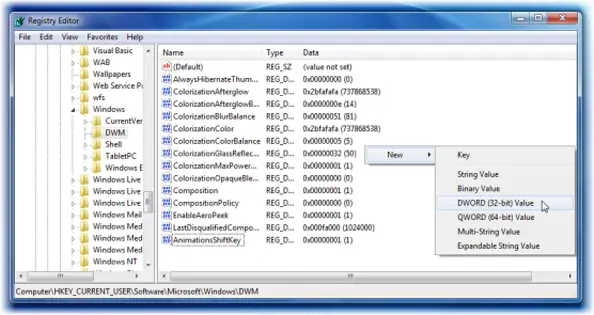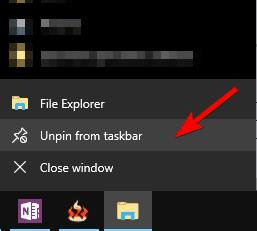
Open folder options again and select Open file explorer on this PC in the General tab. % AppData% MicrosoftWindowsRecentAutomaticDestinationsį01b4d95cf55d32a.Automatic Destinations-msįile Explorer Still Loading Slowly? If the problem is resolved but doesn’t come back to haunt you until later, stop using Quick Access and delete any shortcuts you created. It will not be visible (grayed out) if the “Show hidden files” option is not enabled and you try to navigate through the directory structure. Copy and paste the following path directly into the File Explorer address bar to save time opening the AutomaticDestinations folder. However, you may need to enable hidden files and folders first. Open File Explorer and navigate to the folder structure below. Press Ctrl + Shift + Esc to open Task Manager and check if you get a 100% disk usage error, indicating that there is not enough space or not enough RAM.


Your computer may be running slowly due to a lack of enough RAM or free space on the disk or partition. Go back to ‘Change folder and search options’ as you did in the second step above, and check the box for ‘Start folder windows in a separate process’. Much depends on the hardware configuration of your system and how many windows you have open. The only setback you will face is that it will consume more system resources. The benefit of this is that if one File Explorer window crashes or hangs, others remain untouched. This setting opens each folder in a separate window. Start folder windows in a separate process Now try to launch File Explorer and check if it still loads slowly.

Click Reset Folders under the View tab and confirm when prompted.


 0 kommentar(er)
0 kommentar(er)
